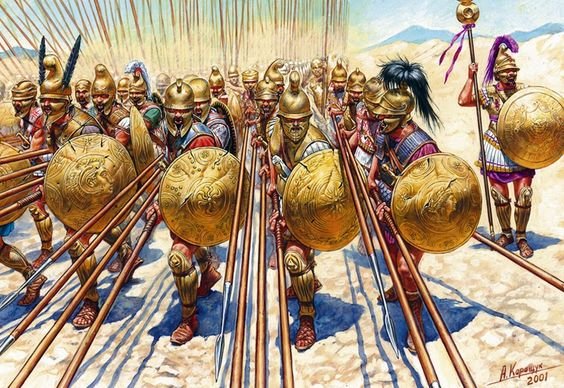Thread:
Let me discuss the claim of Babar Sattar & some leftist intellactuls who downplays Pak 1st failed coup d'état a.k.a 1951 Rawalpindi conspiracy --orchestrated by Pak leftist Military officers, Pak communist party & leftist intellectual.
The conspiracy to overthrow the civilian govt of Liaqat Ali Khan had begun in the middle of 1949. Three personalities provided the ideological content to 1951 Rawalpindi conspiracy.
They were Faiz Ahmed Faiz, Latif Afghani & Nasim Akbar Khan (wife of Maj Gen Akbar Khan).
..support of the coup as short route to capturing power, he used to say "all roads led to socialism to mean to jump at any adventure".
In 1950, Pak communist party central committee decided to send Faiz to Gen Akbar to discuss his plans.
In Jan 1951, Sajjad Zaheer took Faiz with him and met Gen Akbar in RWP, later Sajjad made the communist party support possible for the coup by steering it through the central executive of the party by a majority of a single vote.
Sajjad also mentioned the details in his letter dated 14 Feb to Ishfaq Beg where he mentioned of Faiz, who has been assisting him to liaison with Military officers for the coup planning & execution.
Capt Poshni (convicted in RWP conspiracy case) admitted that a meeting was held at Gen Akbar house on 23rd Feb 1951 (attended by Pak communist party leaders incl Faiz) & that it discussed the details of the proposed overthrow of the Liaqat Ali Khan govt in 1st week of March.
In the 23rd Feb meeting, after the conclusion of Gen Akbar address, Akbar invited the communist leaders to give their views.
Faiz spoke for more than an hour, he assured the participants that people were fed up with the govt and would support the military govt.
What the convicted officers questioned was the legal aspect of the case. They maintained that since it was decided in the 23 Feb 1951 meeting to postpone the coup & no overt steps were taken, hence no offense was committed.
The law of the land on the subject..
..of conspiracy and its interpretation were discussed at length in the judgment.
The legal position taken by the tribunal was that the conspiracy under section 121A of the PPC was punishable per se, even if no action had taken place in pursuance of it.
To prove the conspiracy, the whole gamut of documentary & oral evidence abt surreptitious meetings,furtive contacts & above all, the documentation of the coup preparations by Gen Akbar was produced in court and it stood well in cross-examination by the eminent counsels.
On 21st March 1951, PM Liaqat Ali Khan gave few details of the conspiracy in the Constituent Assembly.
The PM informed the house that the conspirators had planned 'to resort to force with the support of Communists & revolutionary elements, making use of such members..
..of the armed forces as they could tamper with'. It was planned to set up in the country a dictatorship on the communist model under military domination, after eliminating the existing civil and military authorities, and 'economic & constitution-making missions were..
..to be invited from a certain foreign country (Soviet Union) to implement the new order.
18 Pakistani editors, representing the entire Press of Karachi, Lahore, Dhaka & Peshawar met in KHI. The meeting endorsed by a resolution the action taken by the govt..
..and gave an assurance of unqualified support to any further measures, however severe they might be.
The resolution and the PM announcement appeared side by side on the front page of the 10th March issue of DAWN.
The most potent and decisive influence on Akbar Khan was that of his wife, who was both ambitious and ideologically motivated.
She collected subscription for the communist party and herself donated Rs 50/month and on occasion, also donated jewelry.
Nasim Akbar Khan was close to Latif Afghani & the secretary of Punjab Communist Party.
She had pressurized Akbar Khan to convert his accomplices to practicing communists.
(3): The Rawalpindi Conspiracy - pg 248
(5)(6)(7): ibid. Pg. 11, 251-254
(8): ibid. Pg. 10
(9)(10): ibid. Pg. 233
(14)(15)(16)(17): ibid .Pg. 47-49
(18)(19): ibid .Pg. 250














